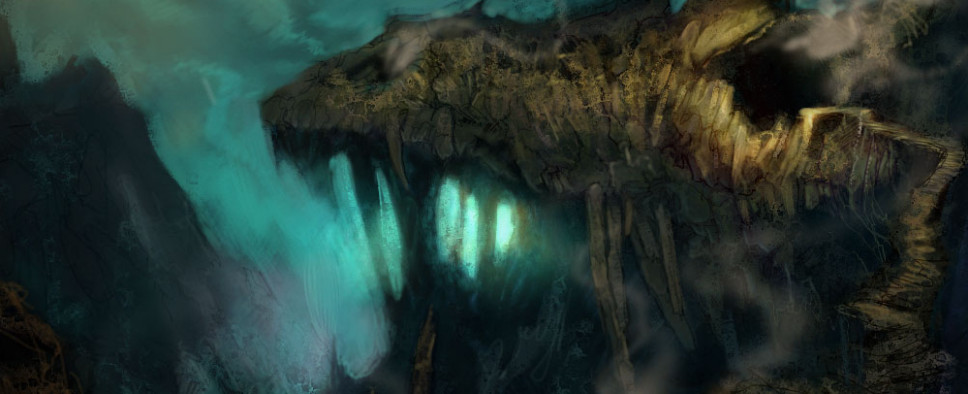Icewind Dale Retrospective
-
Category: News ArchiveHits: 3719

Lilura1, a blog that focuses on isometric RPGs, is in the process of creating a detailed retrospective of the original Icewind Dale. Part I introduces the game and talks about the setting, the ruleset and character systems, as well as what differentiates Icewind Dale from other Infinity Engine games. Part II takes the form of a text let's play, describing the game's Prologue in glorious detail with a multitude of stats, screenshots, and dialogue examples. The rest of the playthrough is yet to be published, next part promised to focus on Kuldahar and its surrounding areas.
An excerpt from the retrospective:
Icewind Dale was the third AD&D 2nd Edition RPG hosted on BioWare's proprietary Infinity Engine, an RTS-like engine upon which the seminal Baldur's Gate was built. I have already covered the ruleset implementation and 8-step chargen process in my Baldur's Gate retrospective, so I refer the reader to that for some basics. But, as mentioned above, the major difference in the chargen process is full party creation.
Creating all six characters from scratch can seem a lil' daunting and exhausting at first. But the virtue of full party creation is that it allows for greater flexibility in, and control of, party composition; i.e, Want a holy party of Paladins & Priests to smite the undead legions lurking in the Vale of Shadows? Go for it! Want an order of Druids & Rangers, out to protect Kuldahar against the monstrous hordes brewing in Dragon's Eye? You can do that, too (of course, new players are advised to adventure with a balanced, traditional party, but more on that later).
Yes, full party creation is also possible in the Bhaalspawn Saga, but access to the option involved a clumsy workaround because it was designed for multiplayer only [1]. In IWD, full party creation is standard and the Party Formation menu is accessible in single-player mode from the Party Arbitration button nested at the bottom of the left sidepanel, allowing players to recompose their party, at-will, and at any point during the game. This was great if you gimped your character and needed to replace them with another, or if you just wanted to try out something new, mid-campaign. But new additions to your party do not scale to the level of their companions (as BG companions did to a degree), so you will have to accept your first level scrubs and wait for them to grow, a process that cheesy players can accelerate by training the party on respawning mobs, such as the cold wights in Dragon's Eye.
The "flaw" of full party creation is the lack of party personality, companion-based reactivity and intimacy of role-playing a singular protagonist. Many players find adventuring with mere "combat units" to be quite a dull experience without companion quests, histories, rivalries, friendships, romances, banters and interjections to spruce things up. The ability to write biographies for each combat unit (as IWD allows you to do) could never make up for that because it didn't affect what happened in the campaign; it was just fluff.
[1] I call it "single-player multi-player", a mode of play which also noticeably impacted game performance.
Thanks, RPGWatch.

